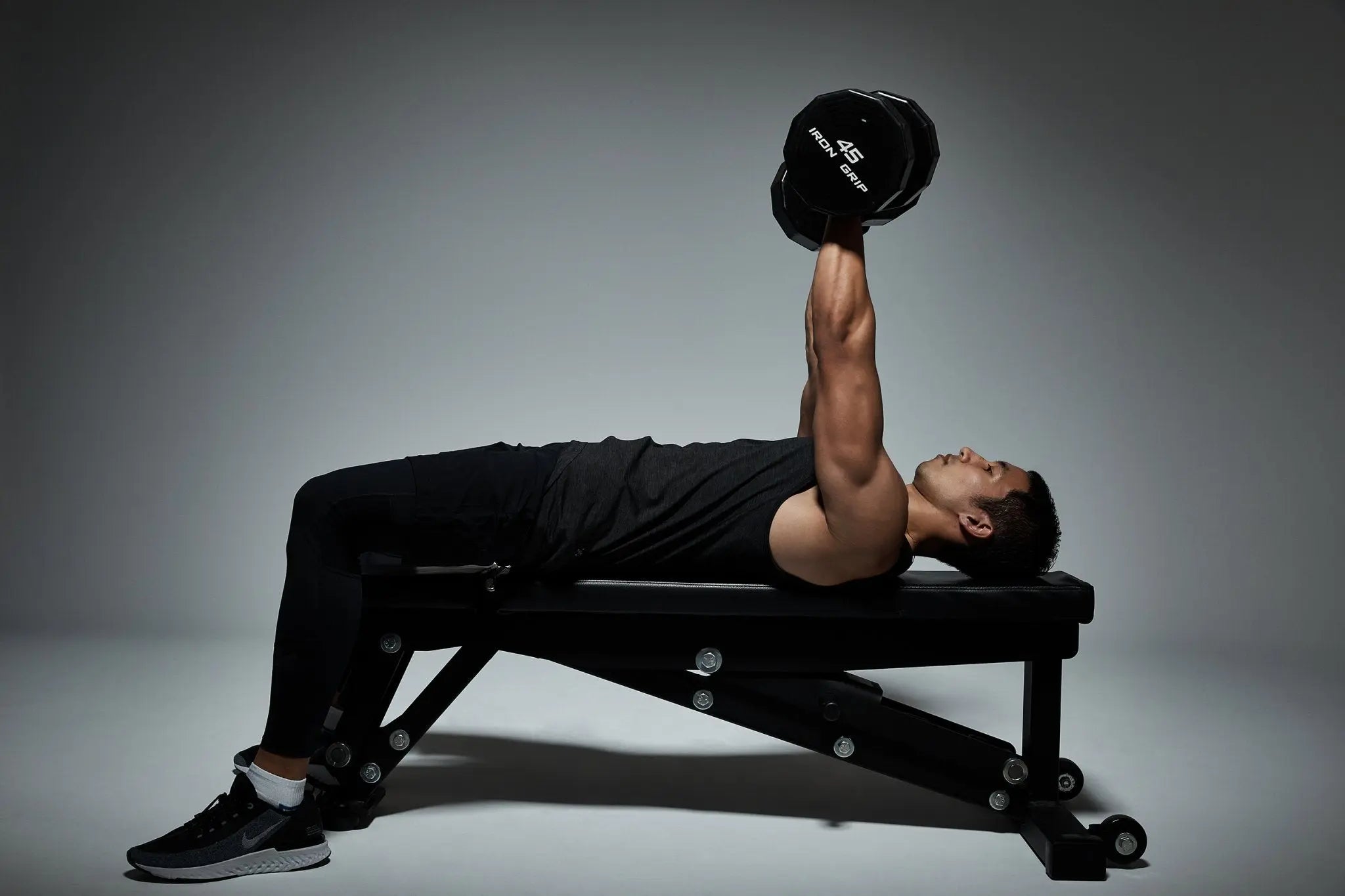
Dumbbell Press vs Bench Press?
When it comes to strength training, the bench press and the dumbbell press are two of the most popular exercises. Both exercises target the chest muscles primarily, but they also work the shoulders and triceps. However, despite their similarities, there are key differences between the two that can make one more suitable than the other depending on your fitness goals and level of experience.
Understanding the Bench Press
The bench press is a compound exercise that involves the use of a barbell. It is performed while lying on a flat bench, with the feet firmly planted on the ground. The barbell is held with both hands, and the exercise involves lowering the barbell to the chest and then pushing it back up until the arms are fully extended.
The bench press is a staple in most strength training programs because it is an effective exercise for building mass and strength in the chest, shoulders, and triceps. It also engages the core and lower body, making it a great full-body exercise.
Proper Form and Technique
Proper form and technique are crucial when performing the bench press to prevent injury and maximize gains. The barbell should be gripped with the hands slightly wider than shoulder-width apart. The feet should be flat on the ground, and the back should be slightly arched with the shoulder blades retracted.
The barbell should be lowered slowly and controlled to the middle of the chest. The elbows should be tucked in at about a 45-degree angle. Once the barbell touches the chest, it should be pushed back up explosively, following the same path.
Understanding the Dumbbell Press
The dumbbell press, like the bench press, is a compound exercise that targets the chest, shoulders, and triceps. However, instead of a barbell, this exercise involves the use of two dumbbells. It can be performed on a flat bench, an incline bench, or a decline bench.
The dumbbell press offers a greater range of motion compared to the bench press, which can lead to increased muscle activation. It also requires more stabilization, which can help improve balance and coordination.
Proper Form and Technique
Just like with the bench press, proper form and technique are essential when performing the dumbbell press. The dumbbells should be held with the palms facing towards the feet. The feet should be flat on the ground, and the back should be slightly arched with the shoulder blades retracted.
The dumbbells should be lowered slowly and controlled to the sides of the chest. The elbows should be tucked in at about a 45-degree angle. Once the dumbbells reach chest level, they should be pushed back up explosively, following the same path.
Dumbbell Press vs Bench Press: Which is Better?
Both the bench press and the dumbbell press have their advantages and disadvantages, and the choice between the two often comes down to personal preference, fitness goals, and level of experience.
The bench press is often preferred for building mass and strength because it allows for heavier weights to be lifted. It is also easier to learn and perform correctly, making it a great choice for beginners.
On the other hand, the dumbbell press offers a greater range of motion and requires more stabilization, which can lead to improved muscle activation and balance. It also allows for unilateral training, which can help correct muscle imbalances.
Considerations for Beginners
For beginners, it might be beneficial to start with the bench press because it is easier to learn and perform correctly. Once the proper form and technique have been mastered, the dumbbell press can be incorporated into the training program to provide variety and challenge the muscles in a different way.
Considerations for Advanced Lifters
For advanced lifters, both the bench press and the dumbbell press can be beneficial. The bench press can be used to lift heavier weights and build mass and strength, while the dumbbell press can be used to improve muscle activation, balance, and coordination. Incorporating both exercises into the training program can provide a well-rounded approach to chest development.
Conclusion
In conclusion, both the bench press and the dumbbell press are effective exercises for building mass and strength in the chest, shoulders, and triceps. The choice between the two often comes down to personal preference, fitness goals, and level of experience. Regardless of the exercise chosen, proper form and technique should always be prioritized to prevent injury and maximize gains.






